10 Facts You May Not Know About Your Ears
10 Facts About Your Ears The human ear is amazing! The more I learn about it, the more I’m blown away at how such a small organ can do so much and be so intricate. Here are 10 cool facts that you may not know about your ears and hearing. The smallest bones in the body are in the ear! They are the ossicles in the middle ear; the incus, the malleus, and the stapes (also called the anvil, hammer, and stirrup because that’s kind of what they look like). The inner ear is the circumference of a pencil eraser! Your sense of hearing depends on tiny hairs deep inside your ear. If you lose these hairs, you lose your hearing. The slightest movement of these hairs is how we hear a variety of sounds and frequencies. You do not need to clean wax out of your ears unless you have an abnormal condition. Ears are self-cleaning, they push the wax out on their own. On occasion, they may need a bit of help from a professional. Most individuals experiencing hearing loss are under the age of 65… that’s right UNDER 65, hearing is not just about ‘aging’ The number one cause of hearing loss is exposure to excessively loud sounds (85 decibels or higher). Those orange foam earplugs are a great way to protect your hearing in noisy environments. Your hearing can be damaged permanently even after a single exposure to extremely loud noise (shotgun blast, explosion, etc.). Your ears...
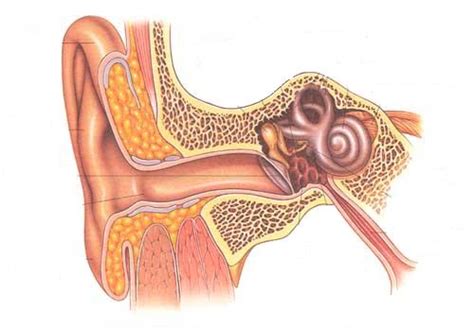
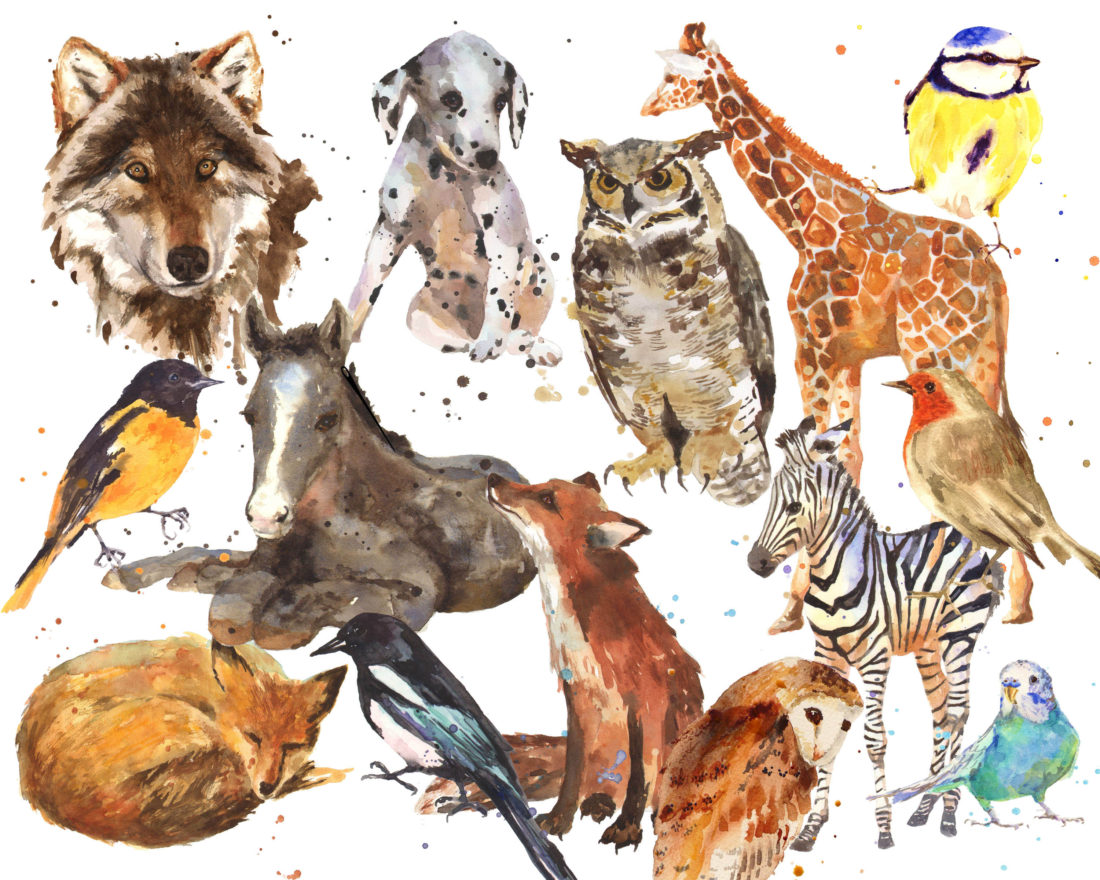
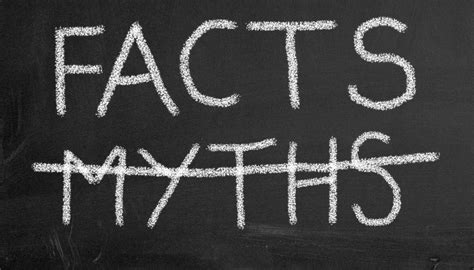
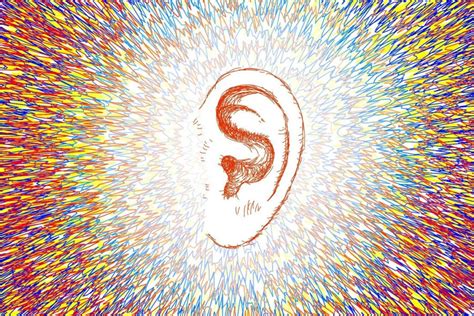


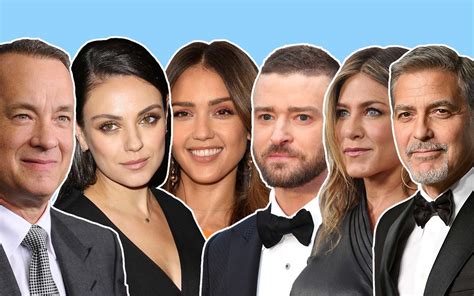
Recent Comments